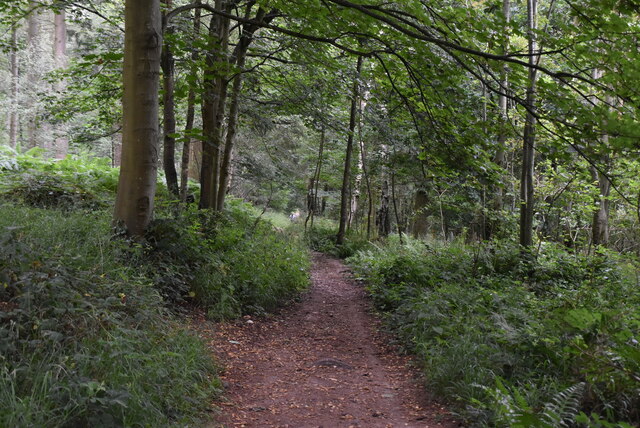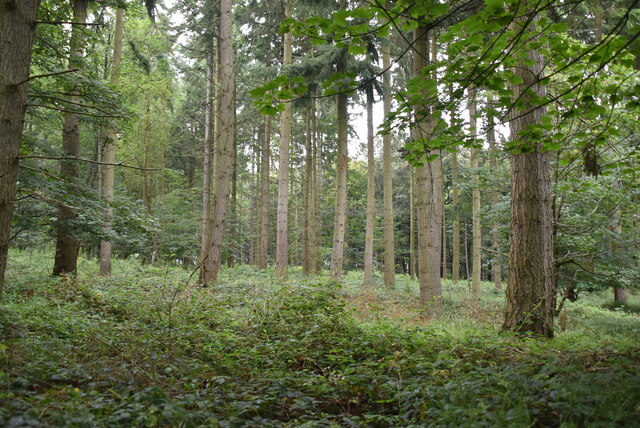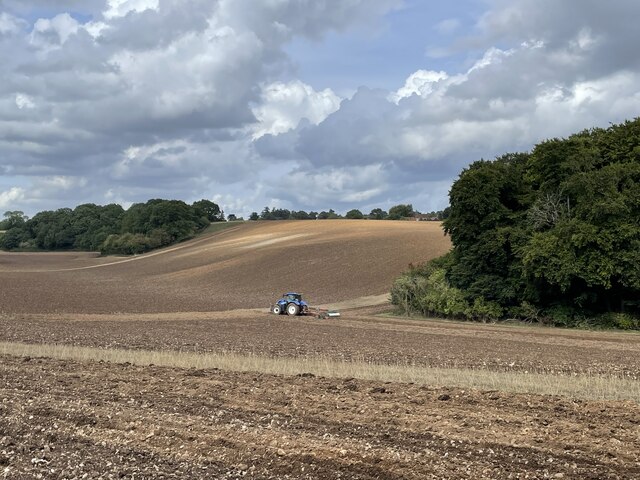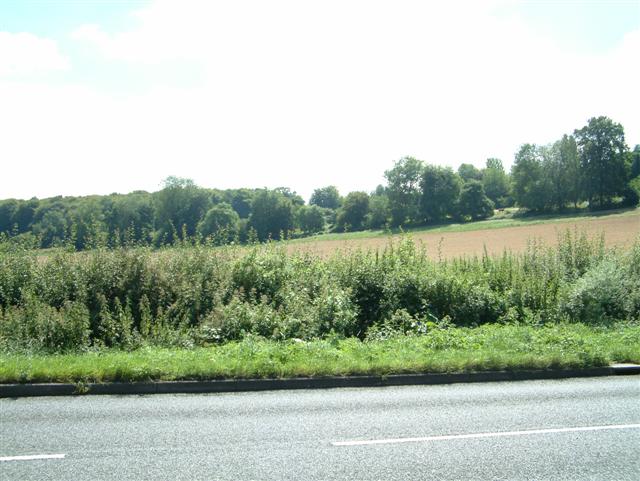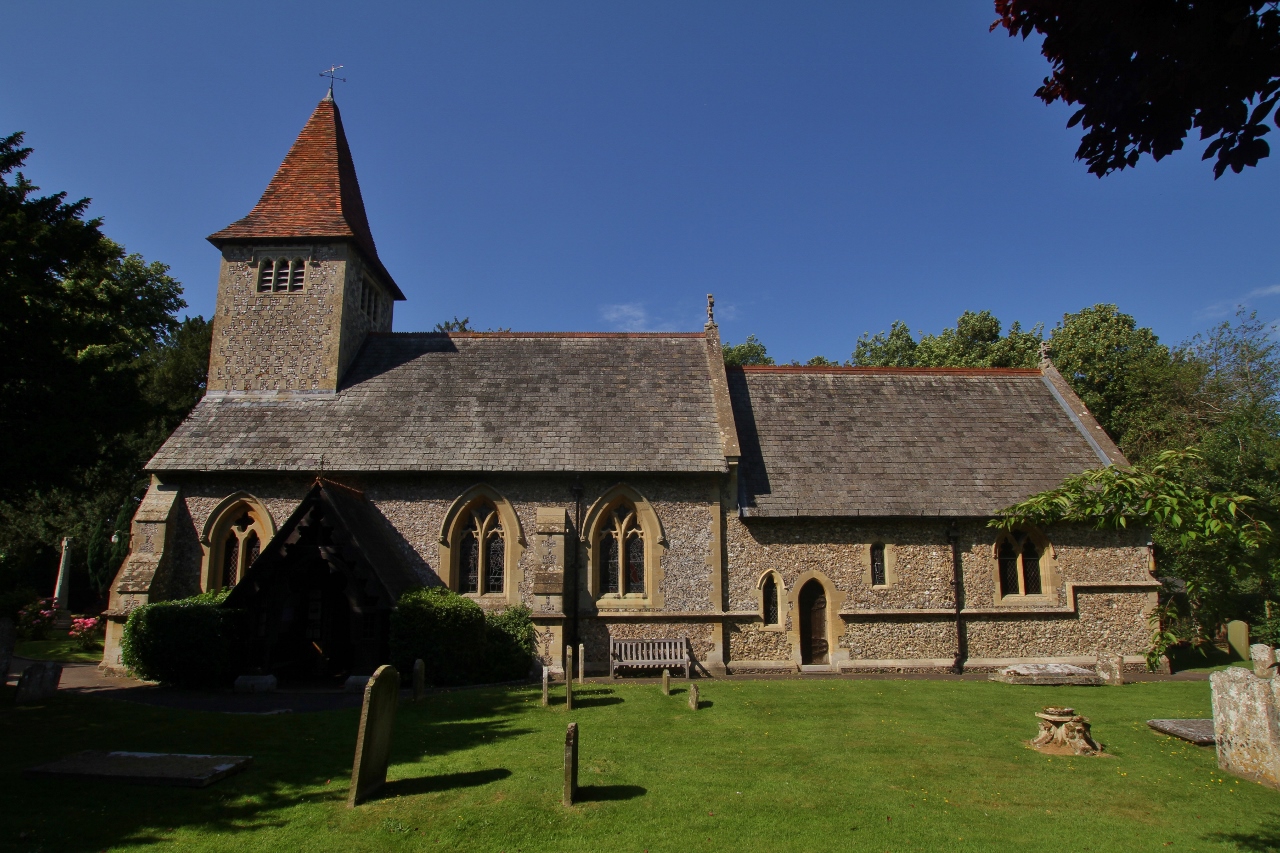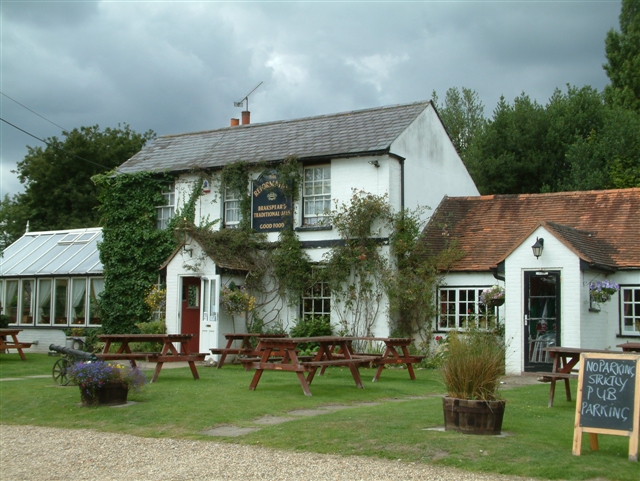Flowercroft Wood
Wood, Forest in Oxfordshire South Oxfordshire
England
Flowercroft Wood

Flowercroft Wood is a picturesque woodland located in Oxfordshire, a county in south-central England. Nestled within the stunning countryside, this tranquil forest covers an area of approximately 50 acres, providing a haven for nature enthusiasts and outdoor lovers alike.
The wood is predominantly composed of a diverse range of deciduous trees, including oak, beech, and ash. These majestic trees create a lush canopy that blankets the forest floor, filtering the sunlight and creating a soothing ambiance. In the springtime, Flowercroft Wood transforms into a breathtaking spectacle as it bursts into a riot of vibrant colors with the blooming of bluebells, primroses, and wild orchids.
The woodland is crisscrossed by a network of well-maintained footpaths, allowing visitors to explore its beauty at their own pace. As visitors wander through the wood, they may encounter various wildlife species, such as deer, foxes, and a multitude of bird species. The peaceful atmosphere and natural surroundings make it an ideal spot for birdwatching and photography.
Flowercroft Wood is also home to a variety of ecological habitats, including a small pond and wetland areas. These provide a haven for amphibians, insects, and other aquatic creatures. The wood is managed by a local conservation group, who work tirelessly to preserve its natural beauty and protect its delicate ecosystem.
With its serene atmosphere and stunning natural scenery, Flowercroft Wood offers a perfect escape from the hustle and bustle of everyday life. Whether it's a leisurely walk, a picnic, or simply immersing oneself in the wonders of nature, this enchanting woodland is a must-visit destination for anyone seeking solace and tranquility in the heart of Oxfordshire.
If you have any feedback on the listing, please let us know in the comments section below.
Flowercroft Wood Images
Images are sourced within 2km of 51.524175/-0.95681326 or Grid Reference SU7281. Thanks to Geograph Open Source API. All images are credited.
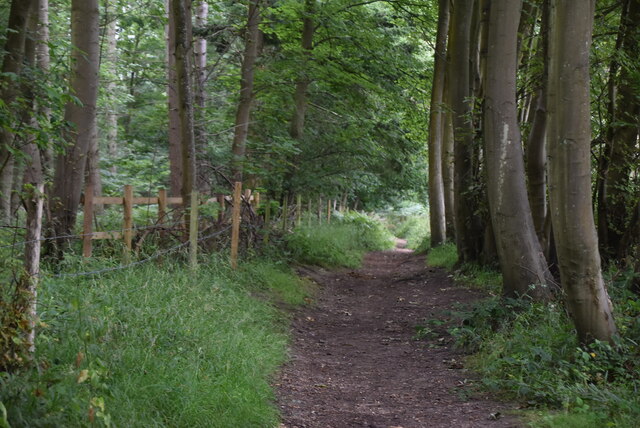


Flowercroft Wood is located at Grid Ref: SU7281 (Lat: 51.524175, Lng: -0.95681326)
Administrative County: Oxfordshire
District: South Oxfordshire
Police Authority: Thames Valley
What 3 Words
///lines.husband.thud. Near Sonning Common, Oxfordshire
Nearby Locations
Related Wikis
Rotherfield Peppard
Rotherfield Peppard (often referred to simply as Peppard by locals) is a village and civil parish in the Chiltern Hills in South Oxfordshire. It is centred...
Crowsley Park
Crowsley Park is a 160-acre (65 ha) country estate in South Oxfordshire, central-southern England, owned by the British Broadcasting Corporation (BBC)...
Rotherfield Greys
Rotherfield Greys is a village and civil parish in the Chiltern Hills in South Oxfordshire. It is 2 miles (3 km) west of Henley-on-Thames and just over...
Sonning Common
Sonning Common is a village and civil parish in a relatively flat, former common land part of the Chiltern Hills in South Oxfordshire, centred 3.5 miles...
Greys Court
Greys Court is a Tudor country house and gardens in the southern Chiltern Hills at Rotherfield Greys, near Henley-on-Thames in the county of Oxfordshire...
Rotherfield Greys Castle
Rotherfield Greys Castle, initially known as Retherfield Castle, is a 14th-century fortified manor house built in Rotherfield Greys, Oxfordshire. Only...
Gillotts School
Gillotts School is a coeducational secondary school with academy status in Henley-on-Thames, Oxfordshire, England. The school is sited on a 33 acre verdant...
Gallowstree Common
Gallowstree Common is a hamlet in South Oxfordshire, England, about 4.5 miles (7.2 km) north of Reading, Berkshire. The village had a public house, the...
Nearby Amenities
Located within 500m of 51.524175,-0.95681326Have you been to Flowercroft Wood?
Leave your review of Flowercroft Wood below (or comments, questions and feedback).



